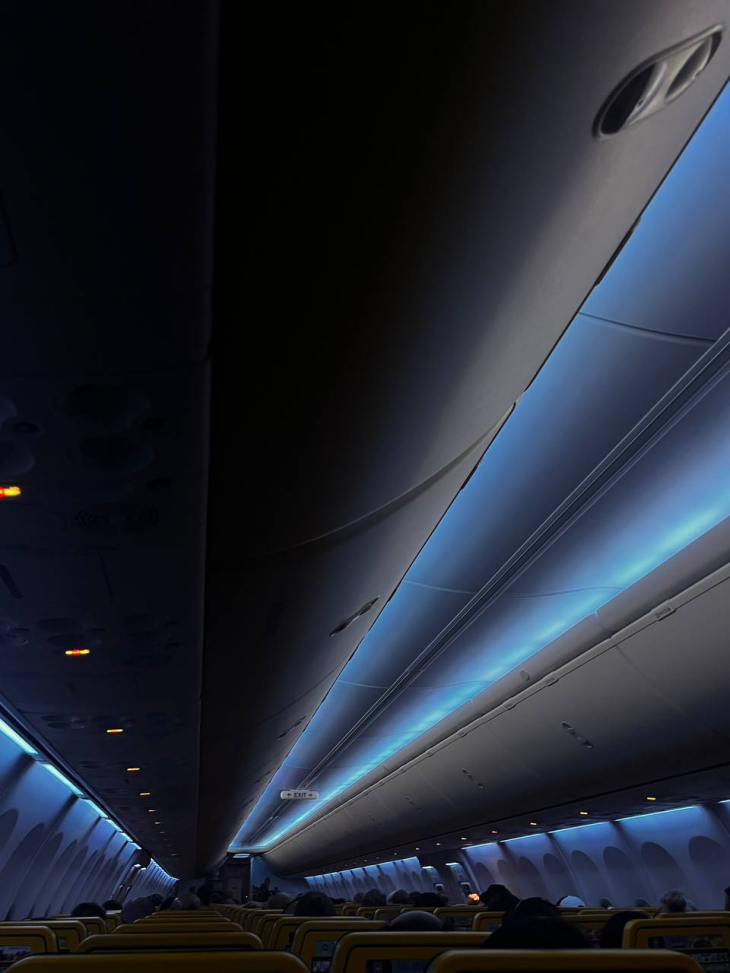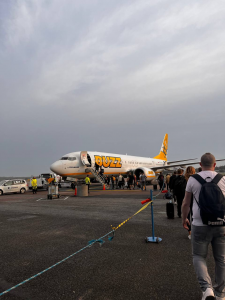
Planes and their purpose
Vol. 26, Issue 06, 03 November 2023
The history of the aircraft began in the early 20th century with the work of the American Wright brothers, who were the first to be able to create and operate an airplane. Since then, airplanes have changed enormously, becoming more advanced and efficient.
The device of a modern aircraft is a complex system consisting of wings, fuselage, engines and other components. The wings create lift, and the engines provide thrust. The fuselage contains a cabin for passengers and cargo space. Modern aircraft are also equipped with advanced avionics systems that ensure the reliability and safety of flights.

For the first time, a person was able to take to the air with the help of an airplane on December 17, 1903. This event took place in the USA when the brothers Wilbur and Orville Wright made the first controlled flight on their Flyer crew. Since then, flight technology has continued to evolve, improving and becoming safer and more efficient. Then the active development of aviation began, and the very first commercial aircraft were developed, which were used for passenger transportation. The first regular flight was carried out in 1914 in the USA. During World War II, aviation played a key role, and airplanes became a way of delivering troops and equipment, as well as performing combat missions.
According to the design features, the aircraft must provide high aerodynamic characteristics (maximum lift with minimal drag), have the necessary strength, rigidity, survivability and endurance with minimal weight, be technologically advanced in production and maintenance. According to the number of bearing surfaces (wings), a monoplane (the main type of modern aircraft), a biplane, a semi-glider (a biplane whose lower wing area is much smaller than the upper one), a triplane (3 bearing surfaces are located under each other) and a polyplane (an aircraft with 4 or more main bearing surfaces) are distinguished.

Avionics systems include a complex of radio-electronic devices that form information for the crew and autopilot necessary for flight control of the aircraft and ensure its safety, including an on-board computer system, an on-board flight information storage, a so-called black box, electronic countermeasures systems, photo and IR reconnaissance, closed coded communications, etc.; aviation armament for military vehicles (radar and television-optical sighting systems, etc. For the rescue of crews (mainly military), an ejection system has been developed using special devices [ejection seat (most common), capsule or detachable cabin]. Avionics equipment (over the past 30-40 years) exceeds the cost of the rest of the aircraft design.
Breaking the connection with the earth and soaring into the sky is one of the deepest dreams of man. Tattoos with the image of an airplane are considered one of the most popular variants of tattoos that symbolize freedom, lightness and the dream of getting off the ground and flying in the heavenly expanses. An airplane is a symbol of lightness, both physical and moral, signifying the desire for purity of thoughts and the realization of dreams.

An airplane is a symbol of freedom, lightness, dreams of getting off the ground and flying. However, like any symbol, it is ambiguous and can cause fear and panic, as well as have a different interpretation depending on the context. When using the symbols of the aircraft in design, business or other purposes, it is necessary to take into account this ambiguity, as well as to remain attentive to the reactions of your audience.
- New Year’s mood - 22nd November 2024
- Minimalism is a way of life. Where to begin? - 15th November 2024
- Why do you need an air humidifier? - 8th November 2024
